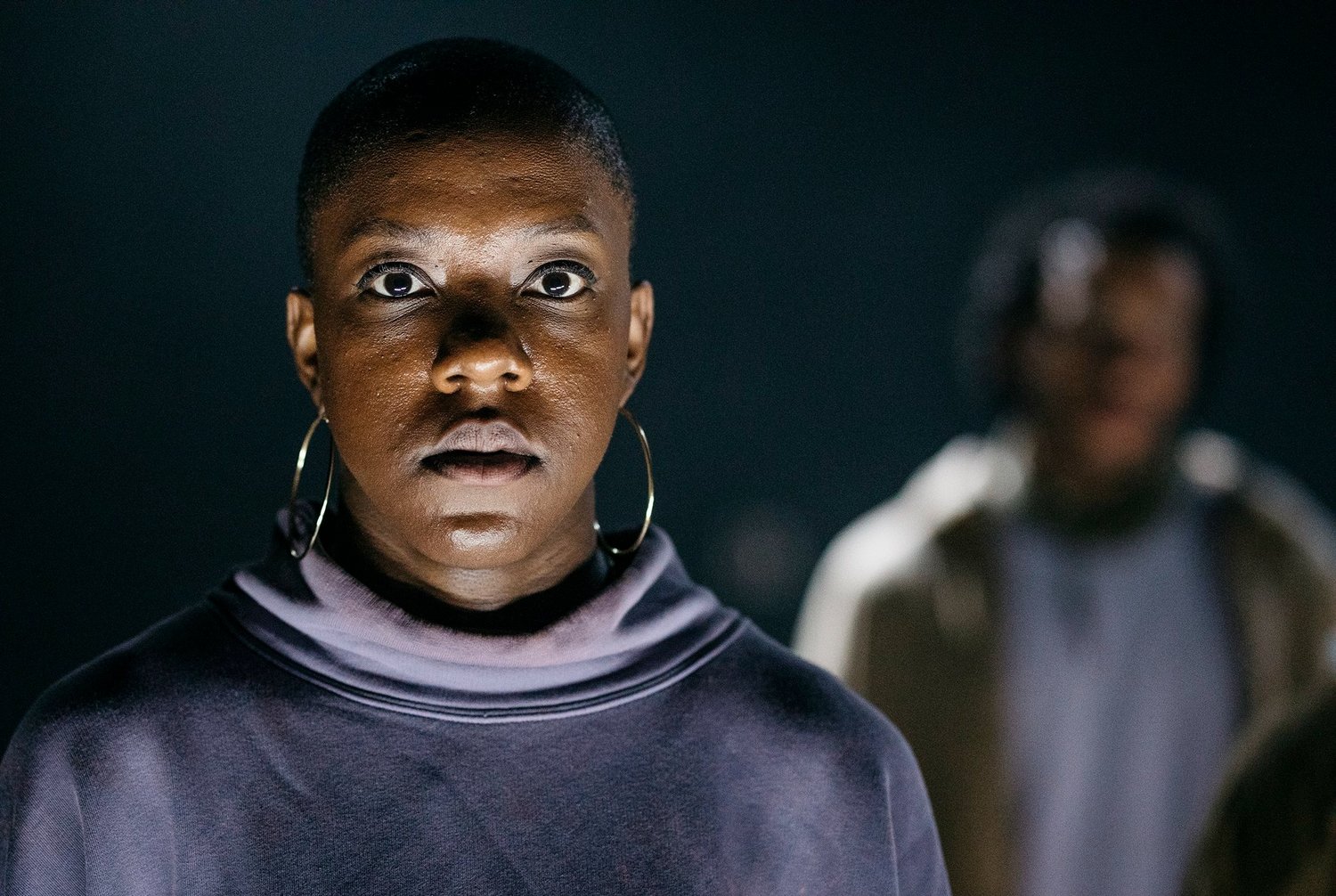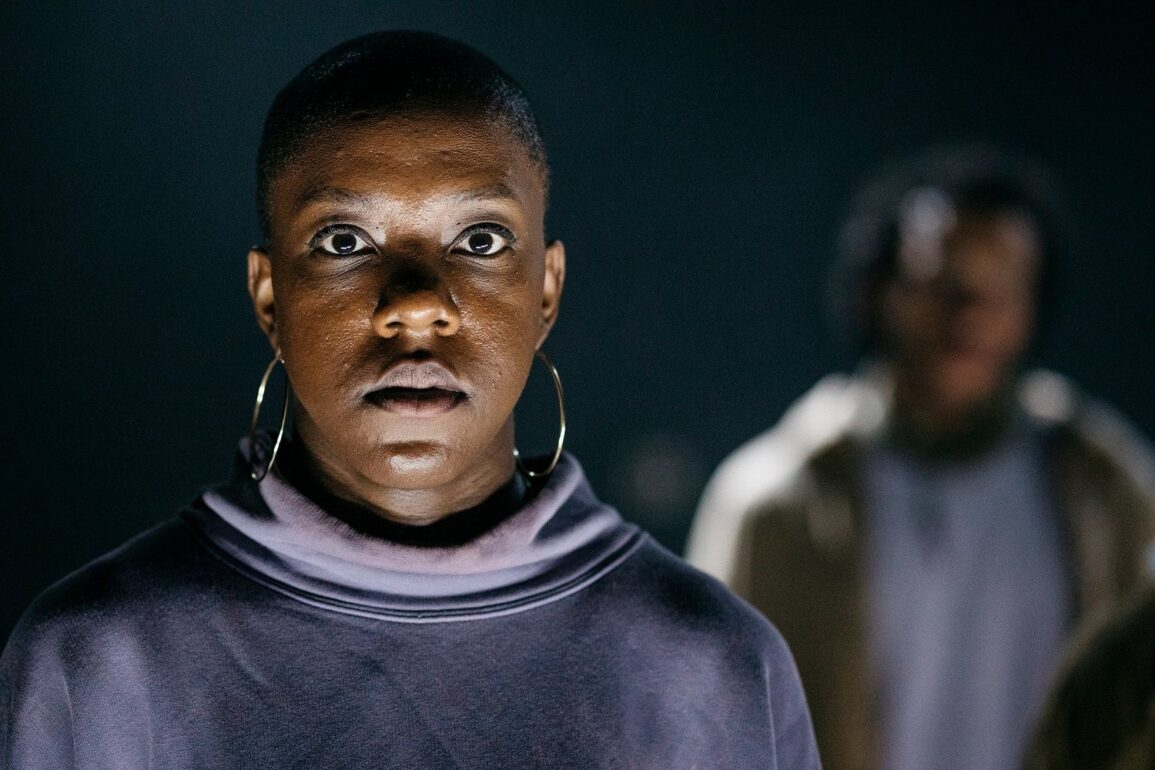
“We are witnessing the world crumble in front of our eyes, and we’re all witnesses and we are all responsible for what is happening to the environment,” she says. “So the most nuanced position to be in is the witness, because you have the most power.”
An inextricable part of that take on the world is the fact that Lande is a Black female artist, she adds.
“Of course it has an influence that I’m a person from a specific point of view,” she says. “I’m looking at it from my experience. I know if I put six or eight Black bodies onstage, I’m already being very specific, in a way.”
Which brings us to the way that hip-hop culture, and the way she experienced it, infuses her shows as much as the fierce dance vocabulary—that is, the way she celebrates the individual flow, allowing for freestyle expression and battle energy within the choreographed moments.
“For me, when I think about the more subtle things about hip-hop, I’m thinking of myself growing up as a youth in government homes in the ‘hood, and I’m thinking about how hip-hop influenced me today,” she explains. “My identity as a Black woman is part of it. Even if I have different dancers, it’s important for me to make references about that—-if not through the dancers, the MCs will speak about it, the DJs will play music that speaks of those things.”
Choreographing for the stage since 2008, the artist has been building these ideas—culminating in La Probabilité du Néant, her most ambitious work to date. It features eight dancers (six breakers, two pop-and-lock virtuosos, and three of them with contemporary-dance degrees, she says), a live-perforing composer-performer-sound designer (Richard “Shash’U” St-Aubin), and video elements.
With this intense multifaceted show, Lande continues to push the hip-hop form she grew up with in the ‘80s.
This post was originally published on this site be sure to check out more of their content.









